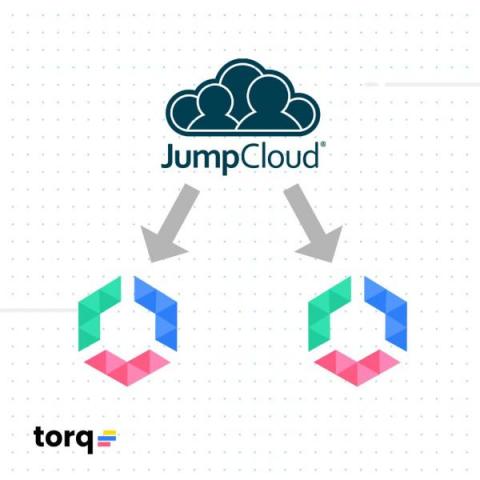Security | Threat Detection | Cyberattacks | DevSecOps | Compliance
Latest News
Training Will Be Key to Retaining SOC Analysts
Working in a Security Operations Center (SOC) is like working in an emergency room on a weekend shift at 2 AM. The steady stream of new alerts screaming for attention and combined with the lack of enough trained personnel make it a miracle that it all seems to work through on a string and a prayer. The question is though, when will the luck run out?
Casino Cybersecurity: A Winning Bet
Modern Security Operations Center Framework
With agile development, the software development life cycle has evolved, with a focus on customer satisfaction to enhance product features based on user feedback. This helps shorten the time to market, since teams can release a minimally viable product, then continuously improve its features. The agile technique encourages team cooperation through sprints, daily standups, retrospectives, testing, quality assurance and deployment.
GitLab Password Security Vulnerability - CVE-2022-1162
5 Challenges to Security Operations Strategies
Do you love SecOps in theory, but just can't seem to make it work in practice? Or, maybe you've already implemented a security operations strategy to some degree within your organization, but struggle to make IT operations and security jive as seamlessly as you would like? Either way, there's a good chance that your troubles stem from one or more of the common barriers to SecOps strategies. This article explains why businesses often fail at implementing SecOps successfully and how they can work around the roadblocks.
Catching A Wave, Standing Up on My Surfboard: How Cloud Threat Exchange Saves My SOC From Drowning (For Now)
We have built a Security Operations Center at Netskope in short order. Facing the vast expanse of the Security Operations ocean, I grabbed my board with my team and focused on doing a few things really well. We documented workflows, expanded our visibility, and tuned monitoring systems. We paddled out from shore, braving the shark-infested waters of the threat landscape.
CIS Critical Security Controls: Unpacking the Significant Changes in the Latest Version
Automated Just-In-Time Permissions Using JumpCloud+Torq
For security teams, properly managing which users can access resources and governing the level of access those users have is about as basic as locking the door at night. Understandably then, there are thousands of options available to fine-tune or revoke access, and it’s likely that issues come up daily for most companies—if not hourly.











